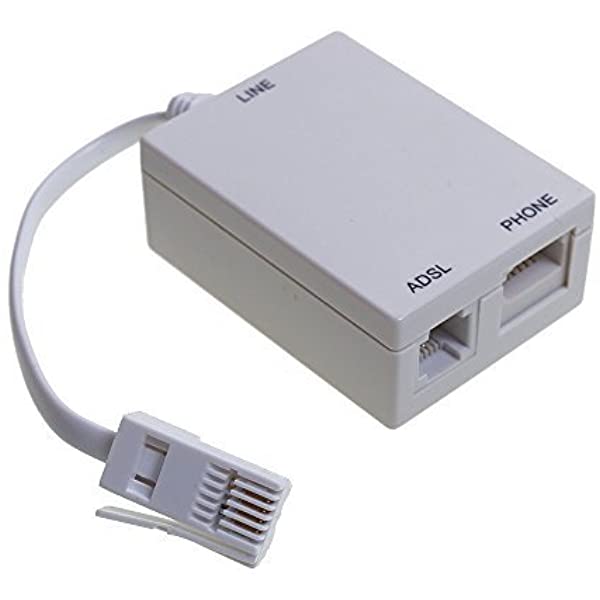A broadband ADSL service offers Internet connection speeds that are at least ten times faster than standard dial-up. However, there are also different types of broadband connection to choose from but we can divide them into two categories:
- ADSL type connections
- Cable or fiber connections.
How to tell if one is superior to the other?
This broadband ADSL guide will help you understand the differences.

Adsl Broadband And How Does It Work
ADSL is short for Asymmetric Digital Subscriber Line and refers to broadband through a telephone line. It is therefore about a connection that arrives in your homes through the copper pair installed by Telecom / Tim technicians.
In fact, from a commercial point of view, unifi fibre plan of broadband is mainly sold on download speed rather than upload speed. Although this last factor is very important especially for professional users (such as photographers or videmakers) who may have to send documents of many Gigabytes.
The Broadband Adsl Then Differs Into Vdsl, Adsl 2+, Adsl And Bitstream Or Wholesale.
Broadband ADSL is widely available in Italy, the latest expansion plans of the main Internet providers aim at accessible coverage for over 99% of the Italian population.
Generally, to use an ADSL connection you need an ADSL modem and ADSL filters if you are still using non-VOIP calls. If, as is now the practice, the telephone line is managed by the modem, the ADSL filters are no longer necessary. ADSL filters, which should be provided by your internet service provider, prevent interference on the telephone line while using the internet.
Adsl How It Works
ADSL or rather the DSL technology (of which ADSL is a part) bases its operating principle on a very simple concept, namely that on the transmission of a signal it can be divided by frequency spectra.
For more articles, click here.

